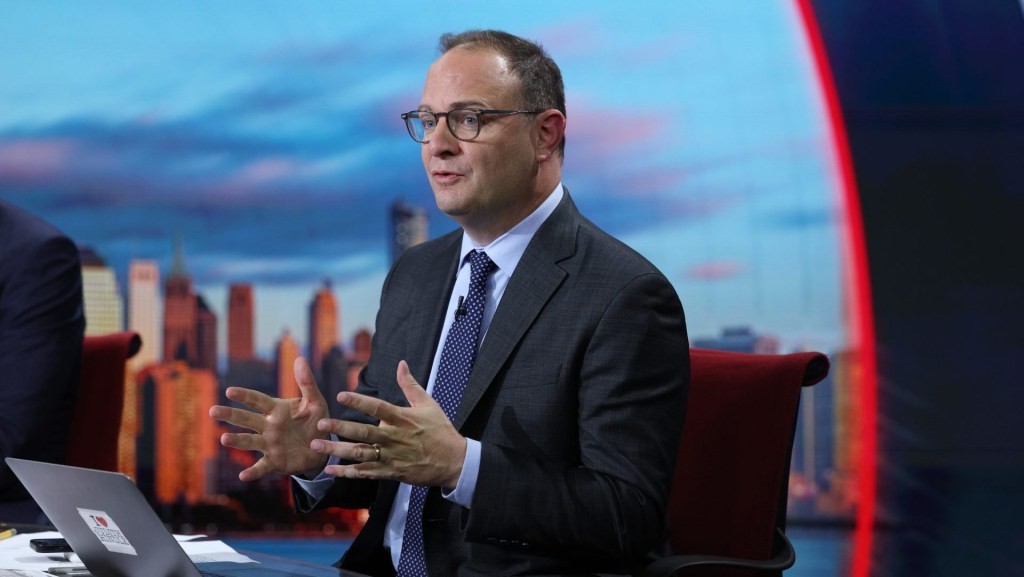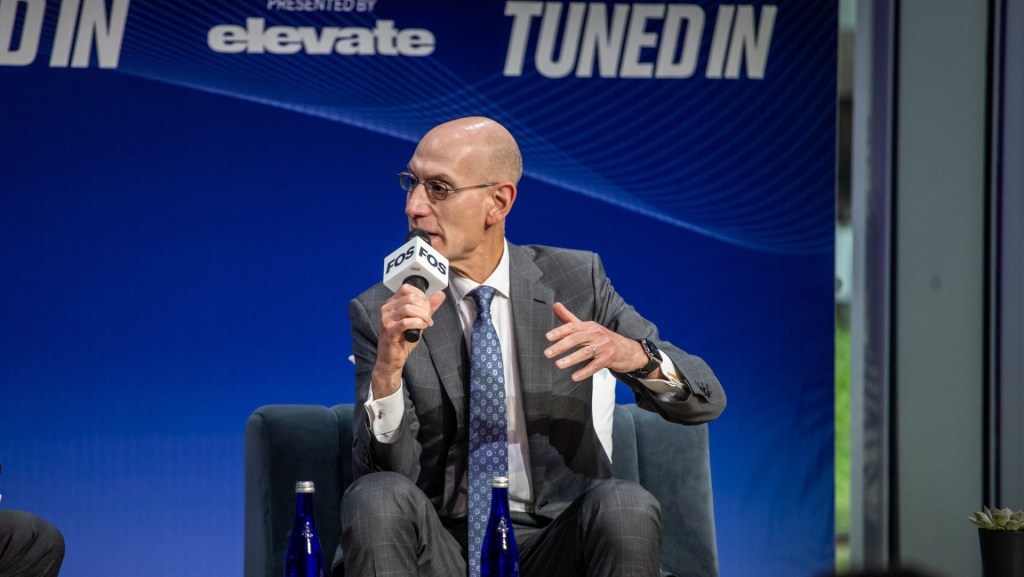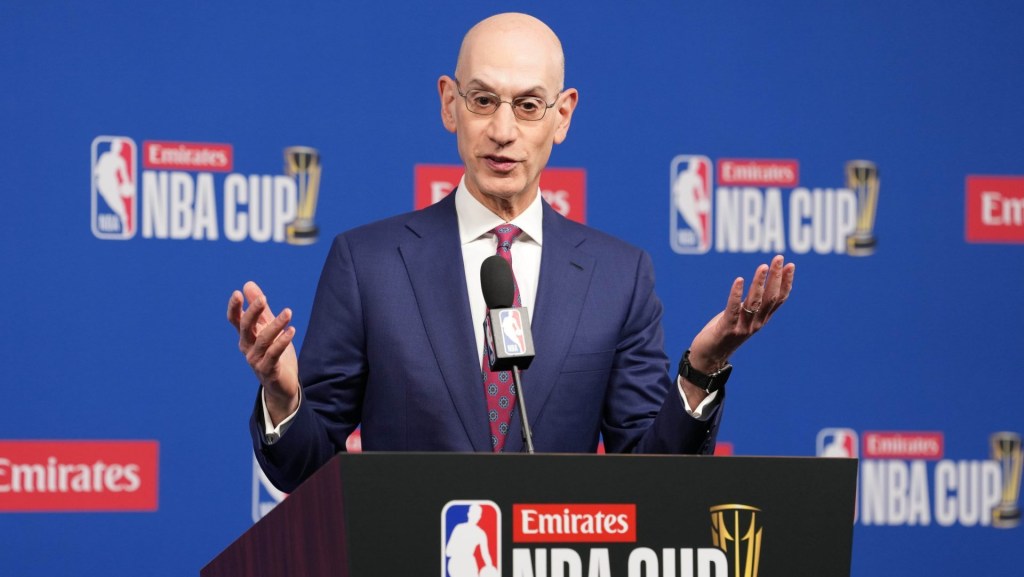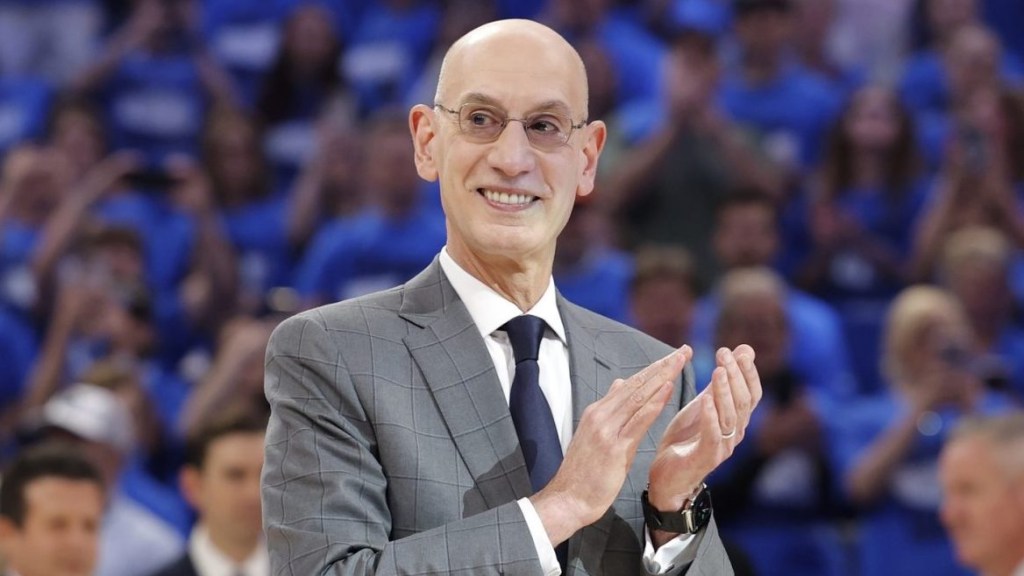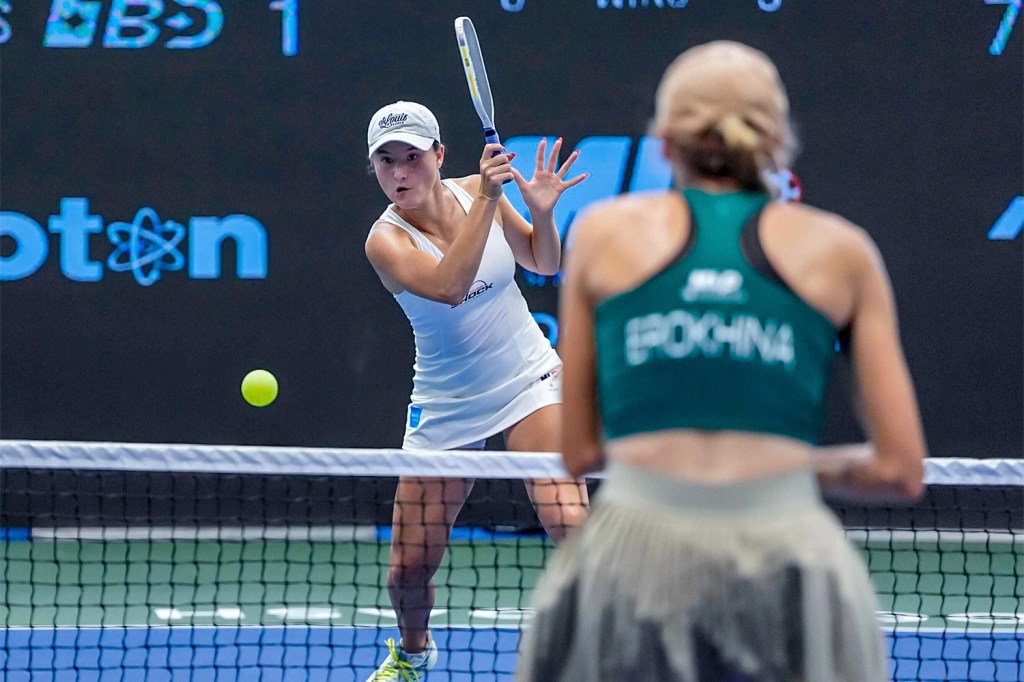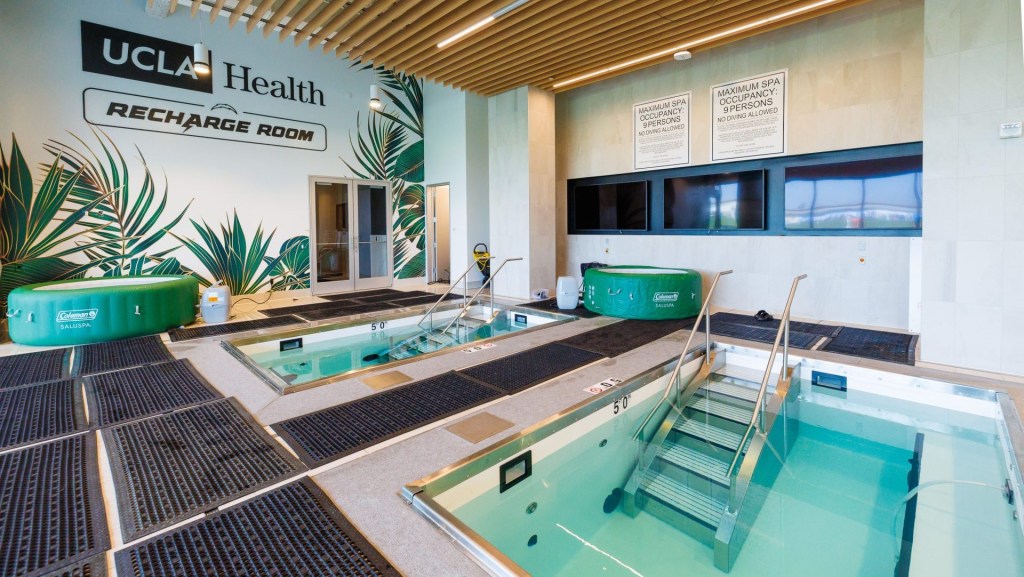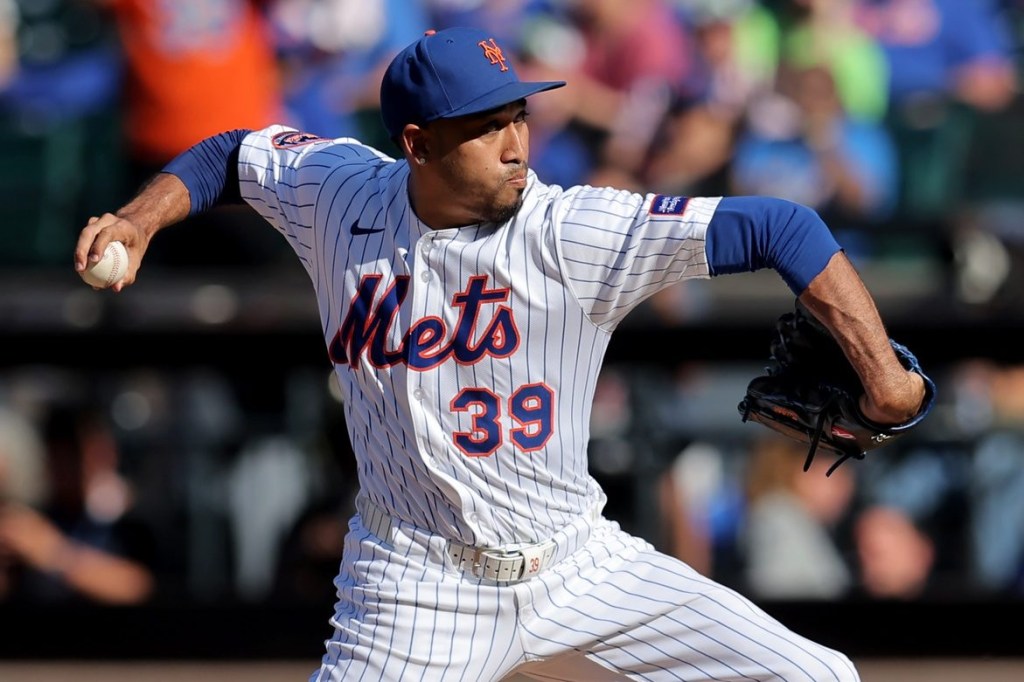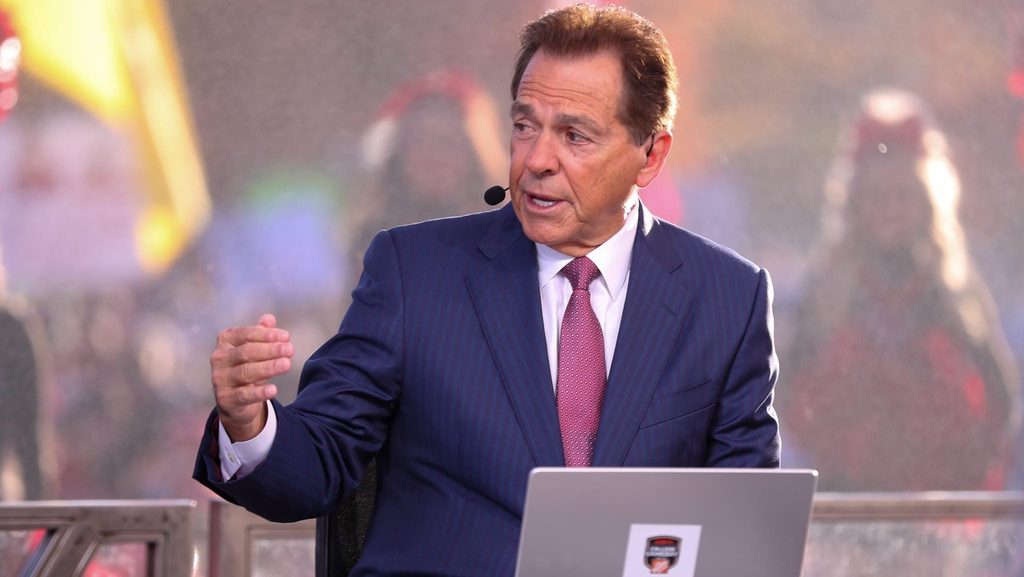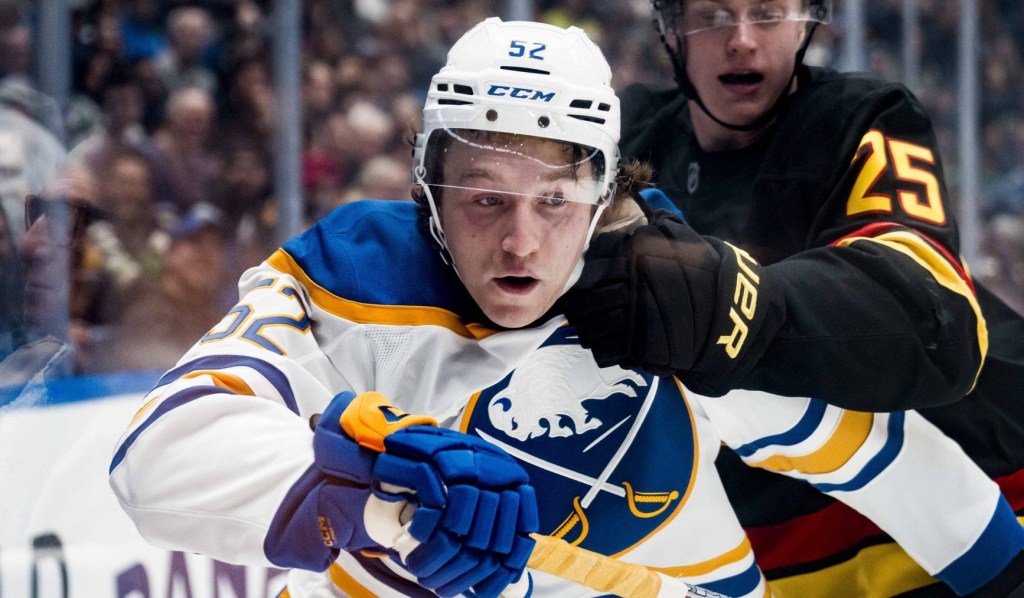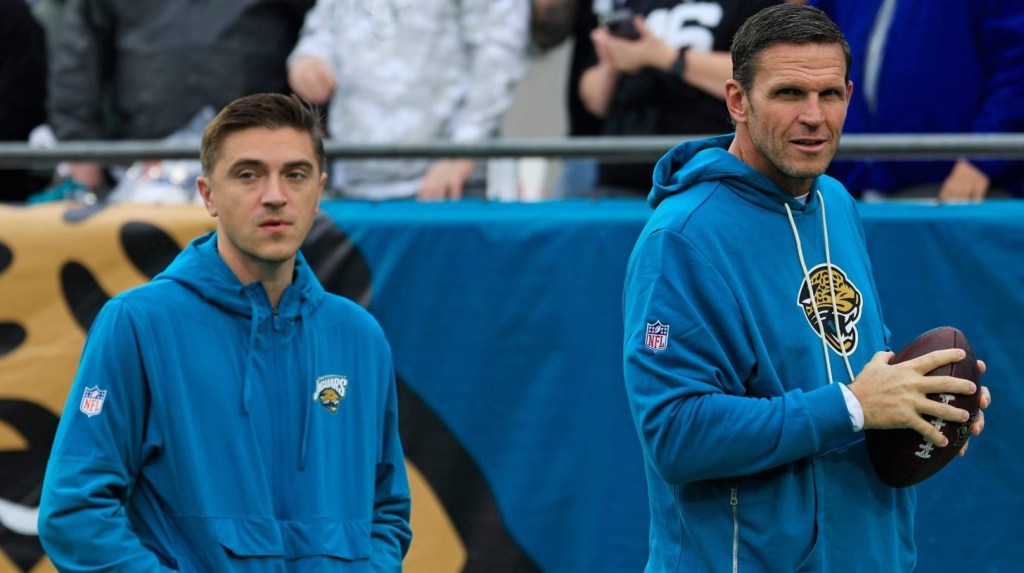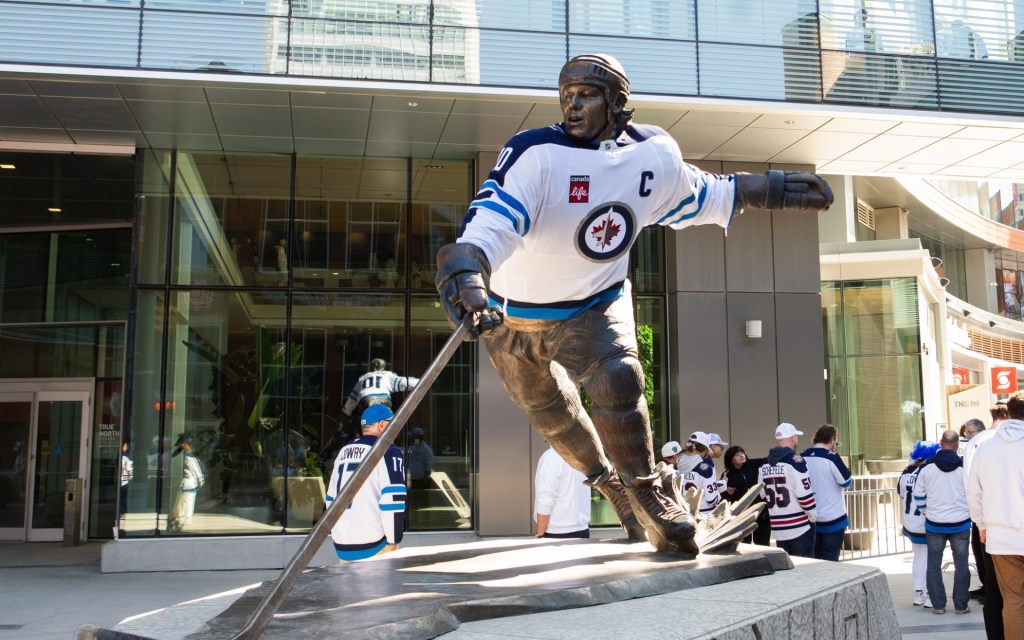This year’s NBA Finals winner will go down as one of the most cost-efficient.
The Pacers dispatched the Knicks in Game 6 on Saturday, setting up a championship tilt between two of the league’s smallest markets: Indiana and Oklahoma City.
But it will also be a battle between two of the NBA’s most frugal spenders—at least among championship contenders.
It is the first Finals since 2003, the first year of the NBA luxury tax, in which neither team is a luxury-tax payer. (In 2005, there was no tax line after team salaries and benefits did not exceed the threshold for there to be one.)
The Pacers spent $169 million on their 2024–25 roster, led by $42 million for Tyrese Haliburton and Pascal Siakam. That spend ranks just 18th in the NBA next year. The Thunder, who rank 25th, cost just $165 million, with $5 million to spare below the tax line.
The NBA’s salary cap is $140.6 million, with the apron set at roughly $178 million. The Suns led the league with $214 million in salary plus a tax bill of about $152 million, but missed the playoffs entirely.
The matchup provides hope for small-market teams hoping that big spending doesn’t always equate to championships.
Both teams have taken similar paths to get to the Finals. Ironically, exiting the superstar business—briefly—helped set them on their current deep runs.
The Path of the Pacers
After conference finals appearances in 2013 and 2014, the Pacers struggled to make a third trip, especially after Paul George broke his leg while with Team USA in the summer of 2014. In 2017—a year before hitting free agency—the Pacers traded their homegrown star to the Thunder for Victor Oladipo and Domantas Sabonis after George expressed his desire to sign with the Lakers.
In February 2022, the Pacers traded Sabonis to the Kings for Tyrese Haliburton in a deal that seemed to benefit both teams, but based on playoff outcomes, was ultimately won by Indiana. Haliburton has emerged as a franchise player, and the team traded for Pascal Siakam in 2024 to give him an All-Star running mate.
The Pacers currently have $1.6 million in cap space. Haliburton and Siakam are both making $42 million this season, with center Myles Turner being the team’s third-highest-paid player at just $19 million.
Longtime owner Herb Simon, known for developing Simon Malls nationwide, has historically avoided the luxury tax. The Pacers haven’t been a tax team since 2005, when they were title contenders with Ron Artest and Stephen Jackson before the infamous Malice at the Palace.
In the history of the tax, the Pacers have paid less than $10 million in penalties as an organization. The luxury tax is calculated by charging teams between $1.50 and $5 for every dollar the team is above the tax line. The exact amount is calculated based on the excess over the tax and whether the team is a repeat tax offender. But to keep the team’s current core together, Simon might not have a choice. Indiana currently has three open roster spots heading into the offseason and will be roughly $14 million to $16 million under the tax going into next season.
Turner is among the headliners in free agency and is unrestricted, meaning the Pacers can’t match a competing offer and obligate him to return (though they could sign him and enter the luxury tax). He’s expected to command a new contract that starts at more than $20 million per season, which would put the team’s tax bill at more than $10 million, surpassing all of its previous combined penalties.
A Dynasty in the Making?
The Thunder aren’t dissimilar from the Pacers. After acquiring George in 2017 to offset the departure of Kevin Durant, the team flipped him two years later to the Clippers for five draft picks, two pick swaps, and Shai Gilgeous-Alexander.
Unlike the Pacers, Thunder GM Sam Presti redefined tanking by hoarding first-round picks and shutting down key players to improve the Thunder’s odds in the draft lottery.
The result is the sixth-cheapest and fourth-youngest roster in the NBA, one that is built to contend for years as Gilgeous-Alexander leads a promising youth movement alongside Jalen Williams and Chet Holmgren. The team has a couple of seasons before it gets truly expensive, allowing the Thunder to run their roster back for next season.
“We still have so much more room to grow, which is the scary part,” Gilgeous-Alexander said after Monday’s Game 4 win against the Timberwolves.

